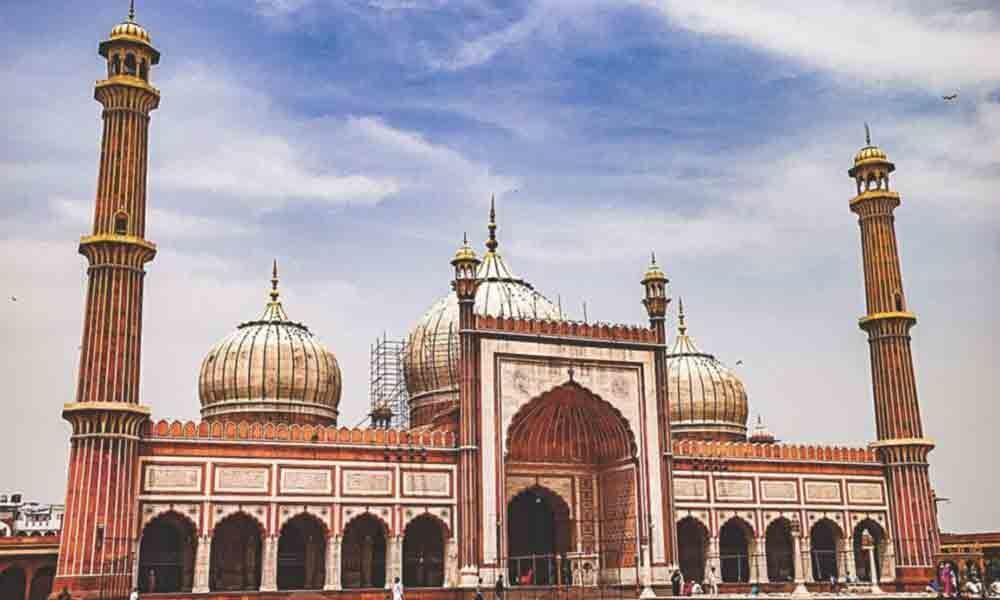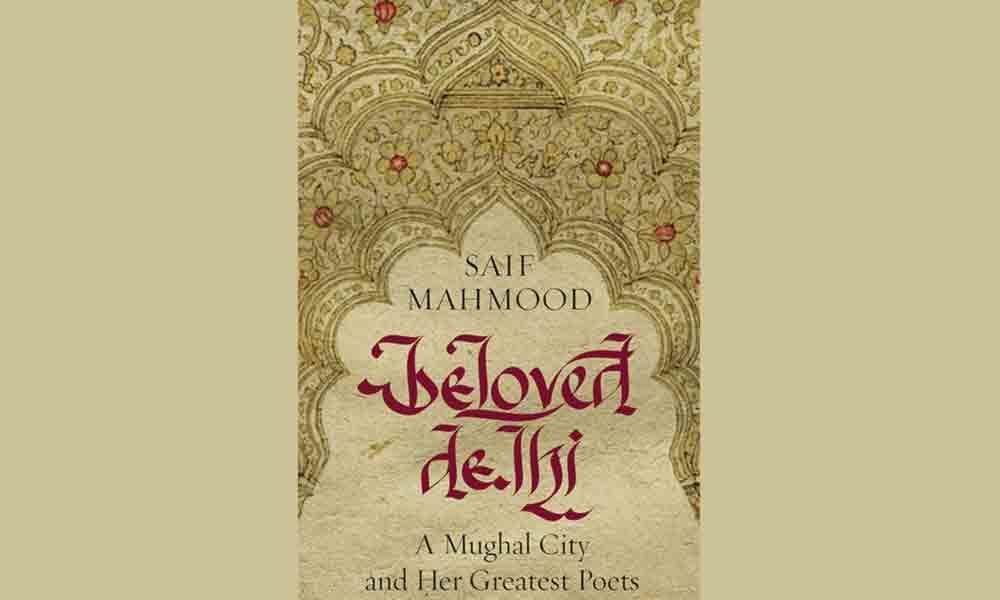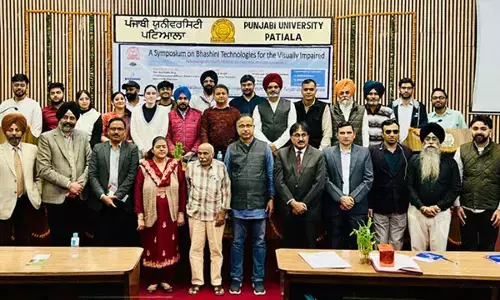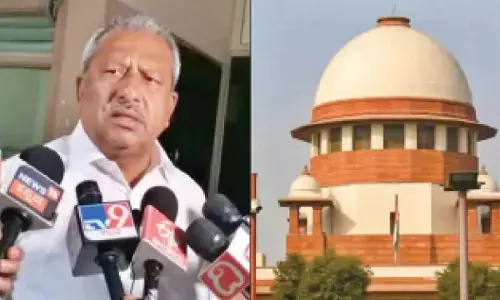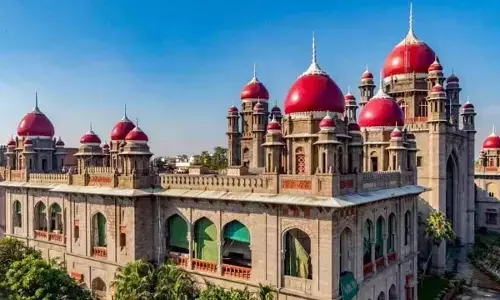The poesy beguiling Delhi
‘Beloved Delhi…’ is a book for anyone who has ever been touched by Urdu or Delhi, by poetry or romance…
Classical Urdu poetry and its Mughal poets' representative work; their cultural, personal, historical, socio-political milieu, in the 18th and 19th century's walled city, Shajahanabad, forms the leitmotif of lawyer and rights activist, Dr Saif Mahmood's, maiden book, 'Beloved Delhi: A Mughal City and her Greatest Poets'. The reader sights, glimpses of eight classical Urdu luminaries' poetic oeuvre Sauda, Dard, Mir, Ghalib, Momin, Zafar, Zauq, Daagh- 'the first rung poets of their times, whose stories interest the general Urdu lover, more than others.'
These poetic tales document the height of tumultuous times in the annals of Delhi's history. From a string of invasions and plundering of the city, to the steady decline of the Mughal empire; to the rise of the British empire culminating in the Sepoy Mutiny of 1857 - this undulating land of Delhi's bloody history, forms the backdrop for poetry to emerge, almost as a relief, for the reader. The book, with chapters on these poets' lives, christened endearingly by Mahmood as, Mir Taqi Mir- The Incurable Romancer of Delhi or Khwaja Mir Dard- Urdu's Dancing Dervish; among others, is to be considered, shares the author, as a 'taster's menu for those who love Urdu, its poetry and cadence and have no access to it.' However, as one reads and meanders through the gallis, kucchas and bazaars of old Delhi, the scope of the book goes way deeper than mere gourmet sampling. It's to Mahmood's credit that the book bears the stamp of in-depth research, expert interviews, site visits and elaborate cross referencing, that save it from being slotted as a coffee table book, and at the same time not becoming a mammoth tiresome dissertation.
A curious, unique format of poetry and history, peppered liberally with anecdotes from the poet's lives, transliterations and translations of their seminal work, visual context of the present day state of the topographical and architectural remnants and their upkeep (or lack of it), makes the book weighty in intent and purpose. One of the many reading pleasures that the book affords is a reference to Mahmood's and Anant Raina's (photographer), findings of the current state of the tombs and havelis associated with Delhi's beloved bards. Mahmood brings to the table, his characteristic tone and tenor, his candour, zeal and erudition and sprinkles it liberally with wit and humour to liven up the past.
It is as much an ode to the masters of Urdu poetry as to the author's Beloved city- Delhi. Its past seen through the prism of present, where he evocatively records the neglect of the memory of these stalwarts' heritage, the city's many vices, its cosmopolitan warp and weft, shifting political sands of this seat of power and its effect on the cultural capital of the city, that ends on a hopeful note…Noon Meem Rashid's lines from his masterpiece Hasan Koozagar:
'Tamanna ki vus'at ki kis ko khabar hai (Who knows the expanse of desire?)'
A fitting moment to add Mahmood's labour of love to my re-reads.


